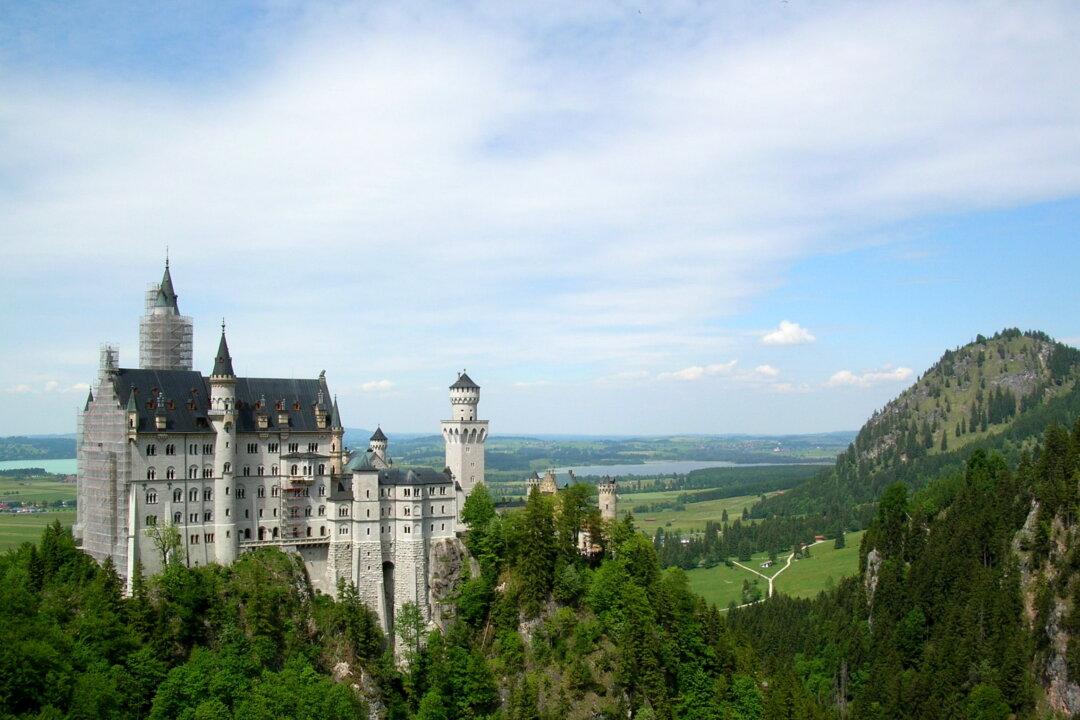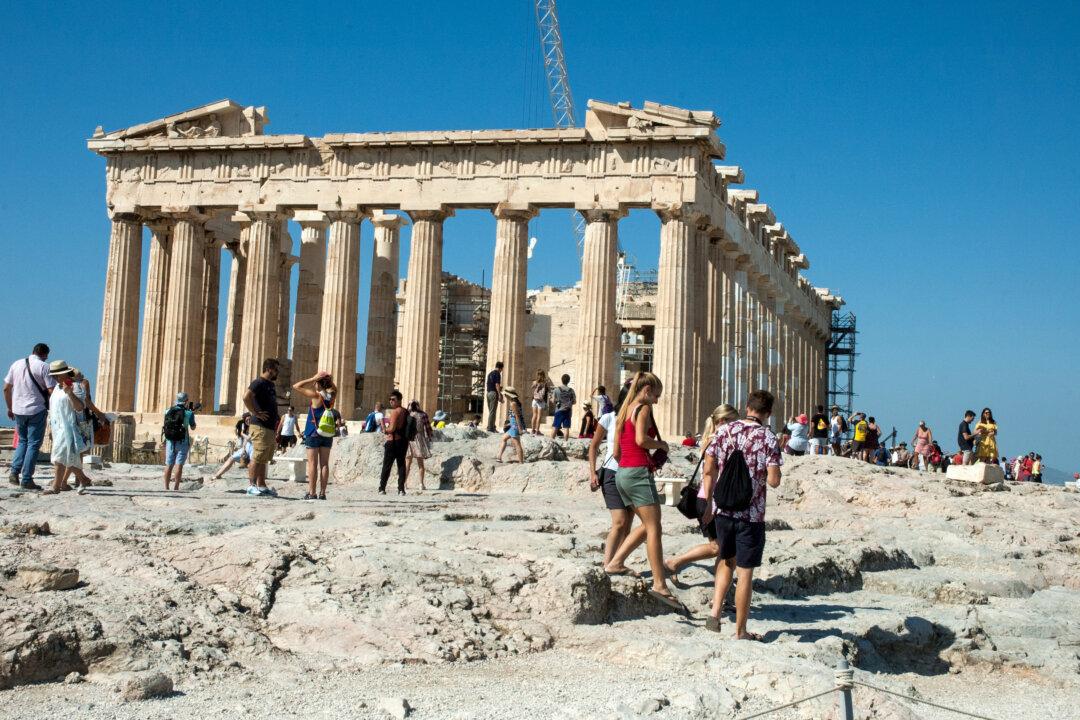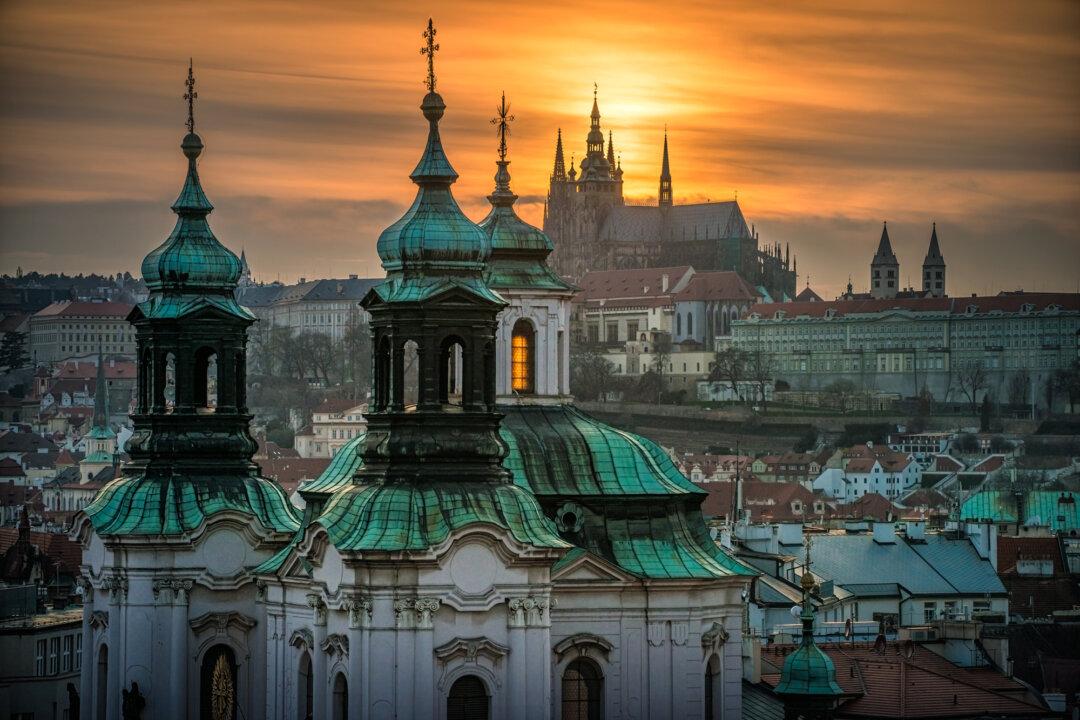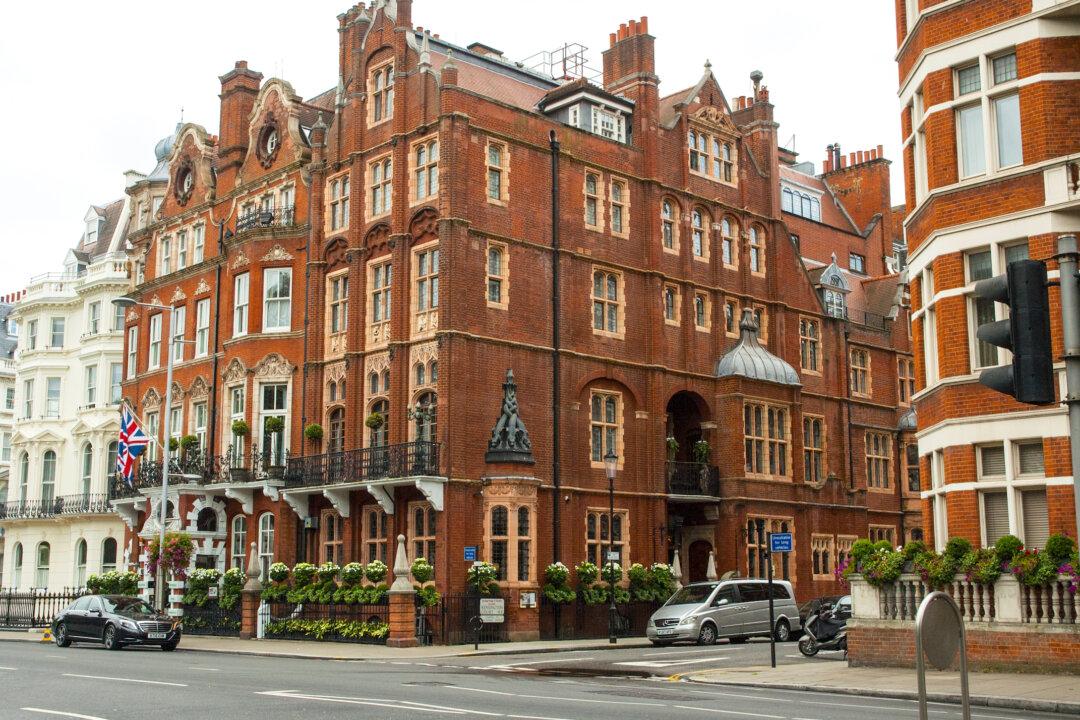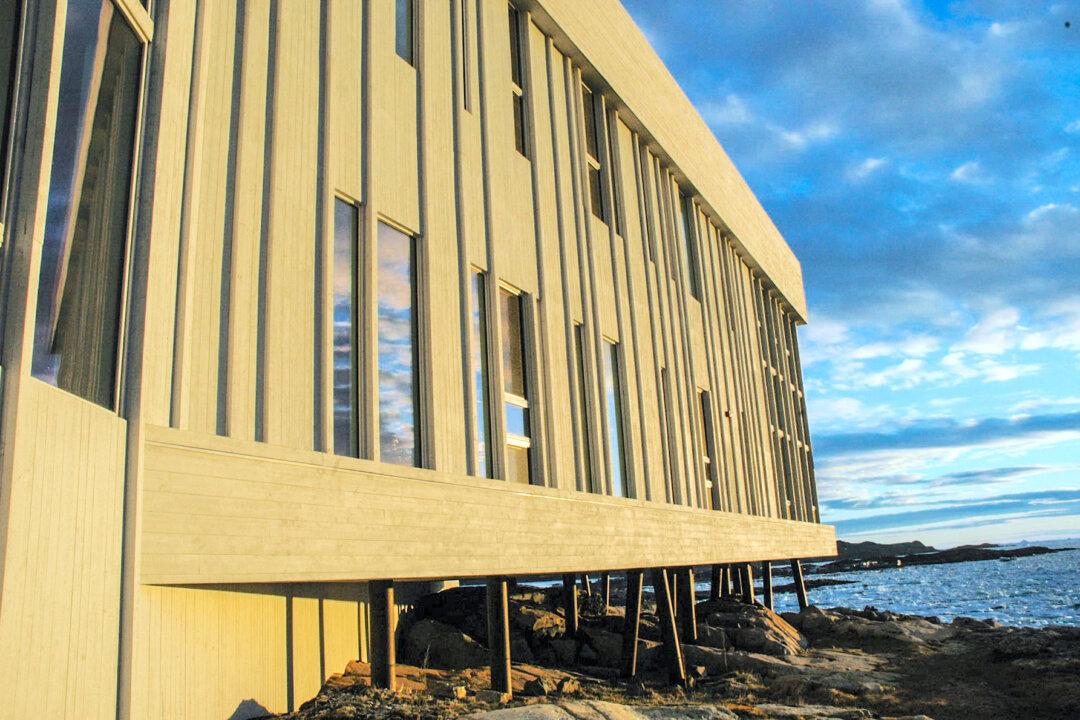I’m not sure what I expected when I boarded my Lufthansa flight from Ottawa to Bavaria’s capital, Munich. Sure, images of fairy-tale castles flanked by rolling green fields and high mountains were in the back of my mind, along with Munich’s 1972 Olympic installations and Oktoberfest.
But truth be told, I really didn’t have many preconceived notions of what to expect. This actually heightened my anticipation of the trip.
In Bavaria, Germany’s second most populous state, there are at least two well-known castles that were commissioned by the very mad King Ludwig II. Ludwig was one of many extreme personalities who have influenced and inhabited these parts.
One of Ludwig’s castles is Herrenchiemsee (New Palace), often referred to as the Bavarian Versailles because France’s Versailles served as its model. It is situated on an island in the Chiemsee, Bavaria’s largest lake, with outstanding views of the Alps leading into Austria. The castle is a lavish display of opulence, but not really my cup of tea. It was only occupied by King Ludwig for nine days.
His other castle, Schloss Neuschwanstein, is probably best known for being the inspiration for Disneyland’s Sleeping Beauty Castle. This makes it wildly popular. The hapless King Ludwig died under suspicious circumstances—probably murdered—soon after the palace was completed. In the end he only lived there for six months. He had commissioned it as a personal retreat and in homage to his friend Richard Wagner, whose operas profoundly moved him.
There are other castles and palaces in Bavaria, but I saw nothing that echoed the frivolity and exaggerated splendour of Ludwig’s castles.


